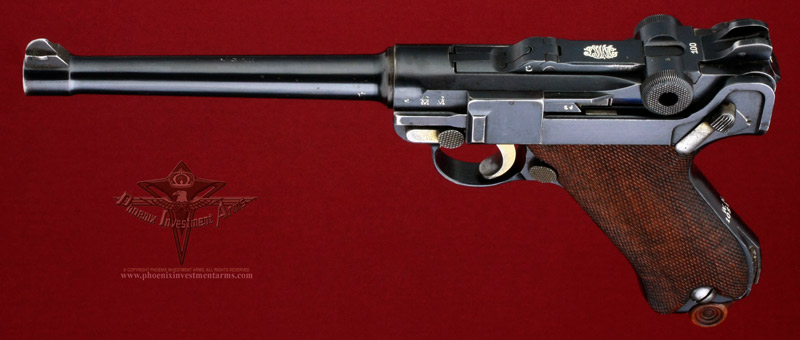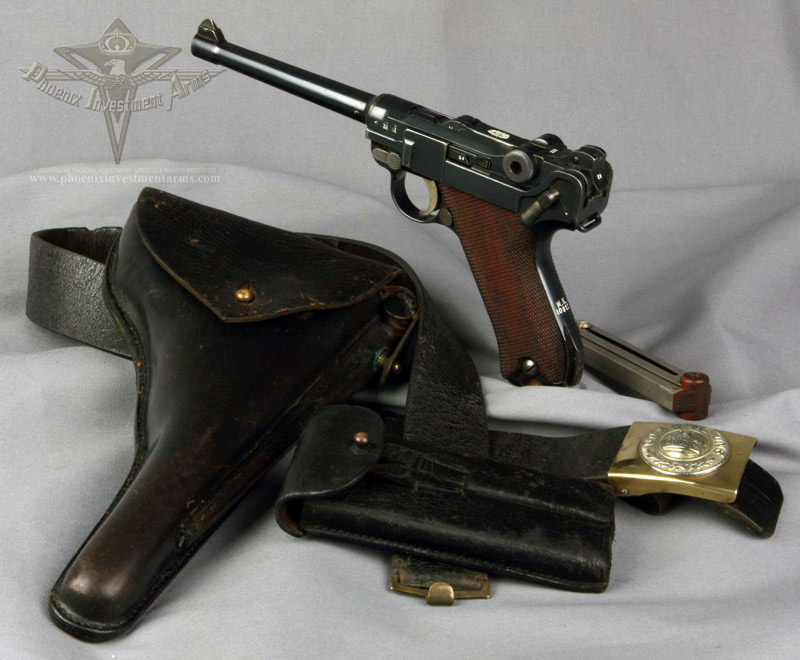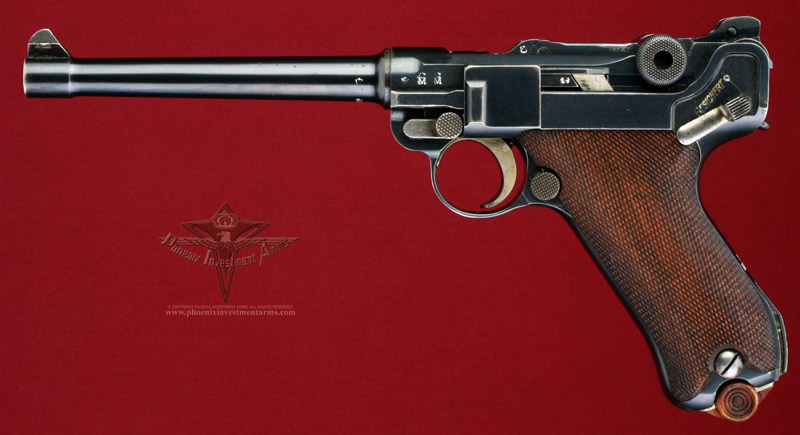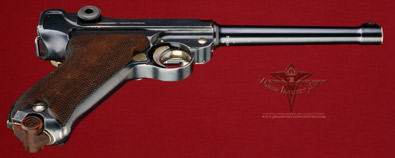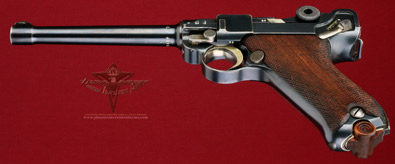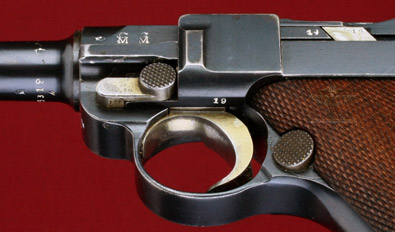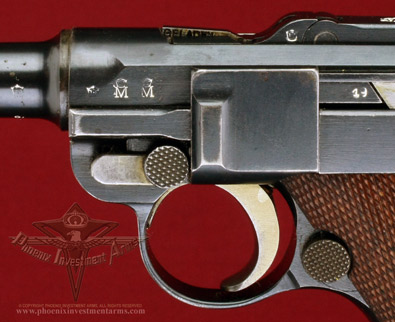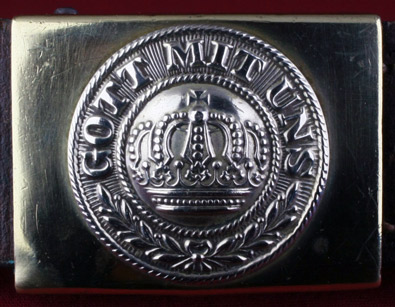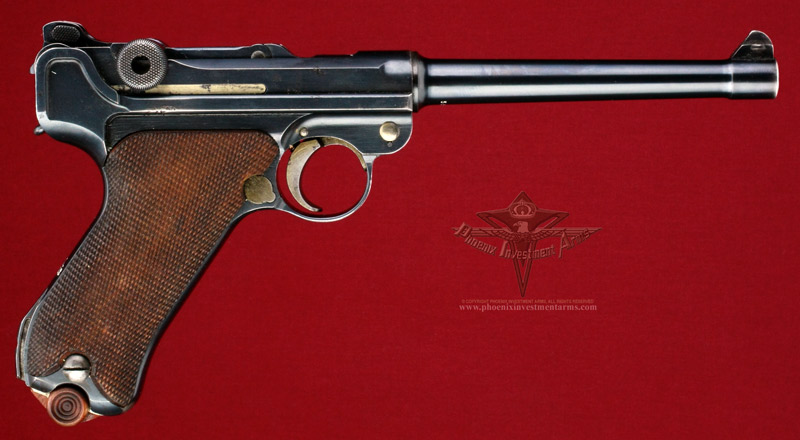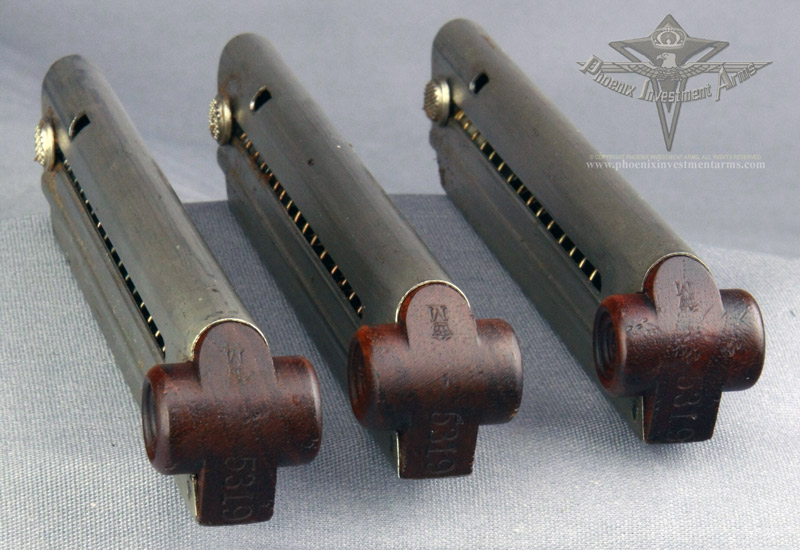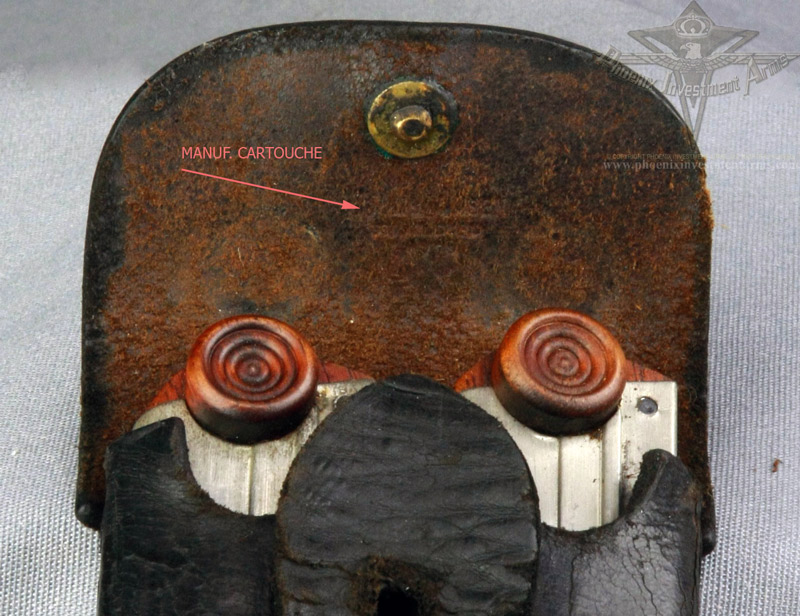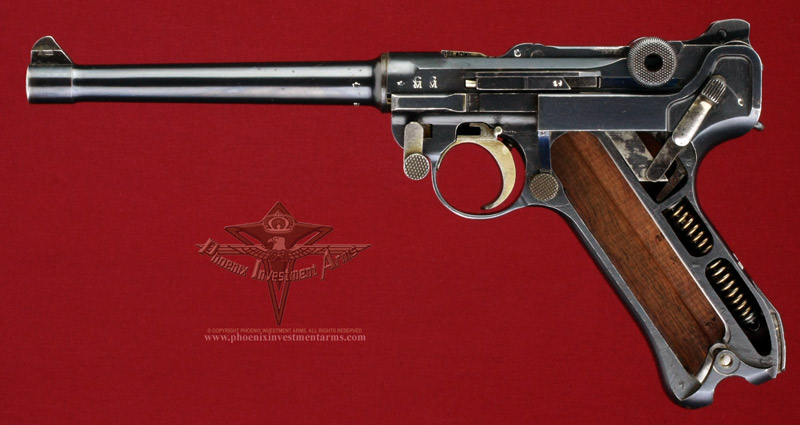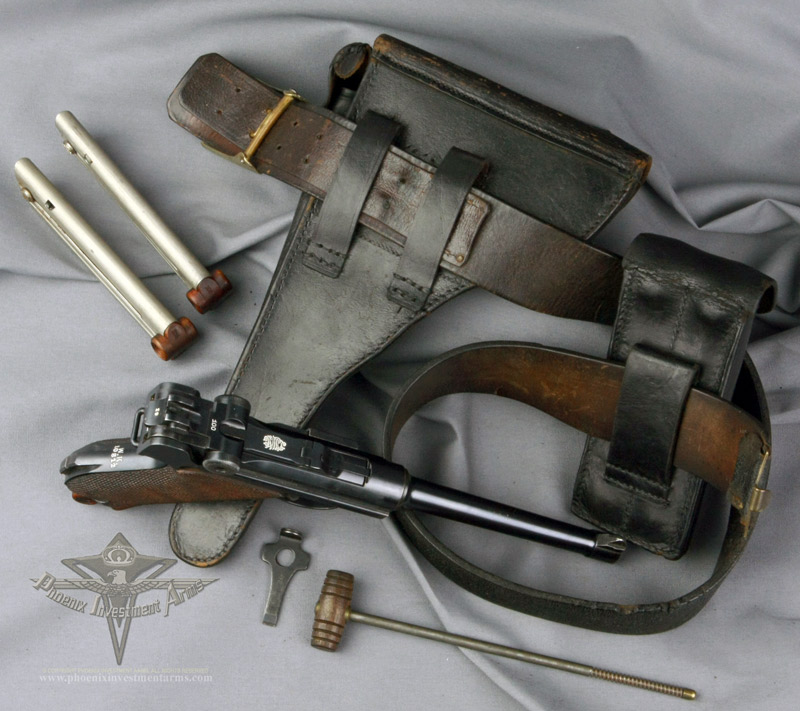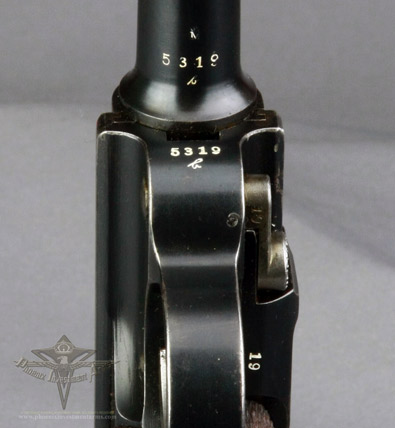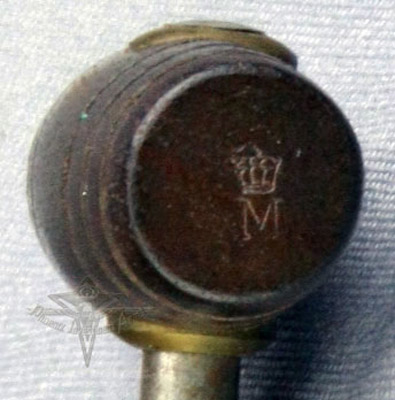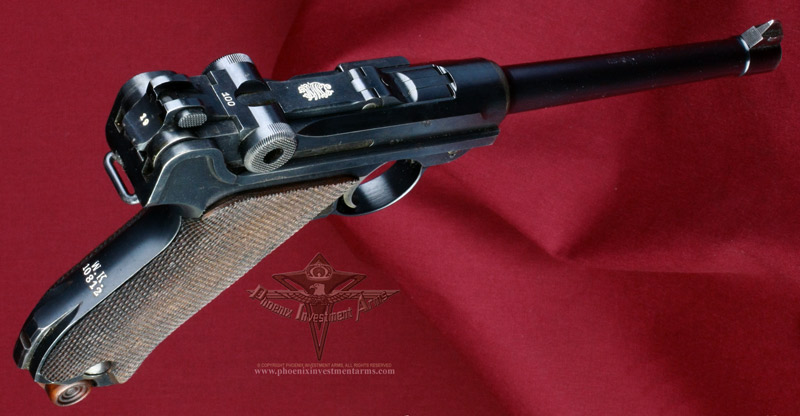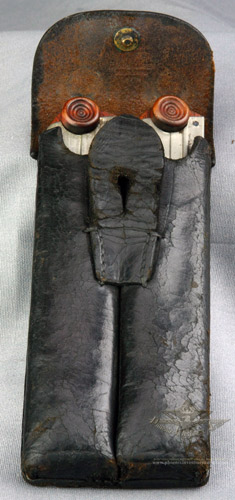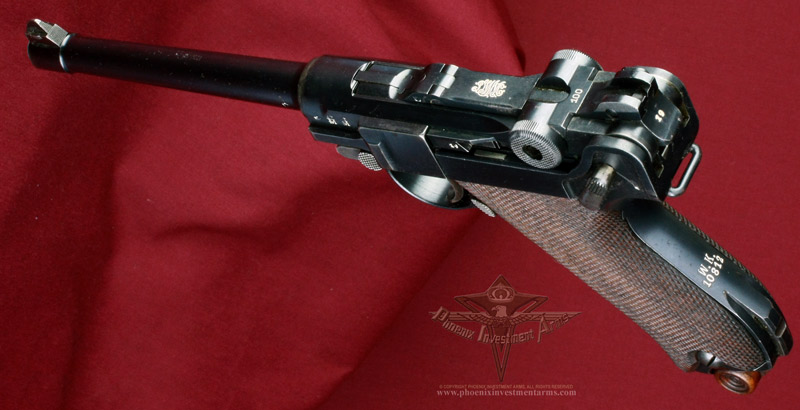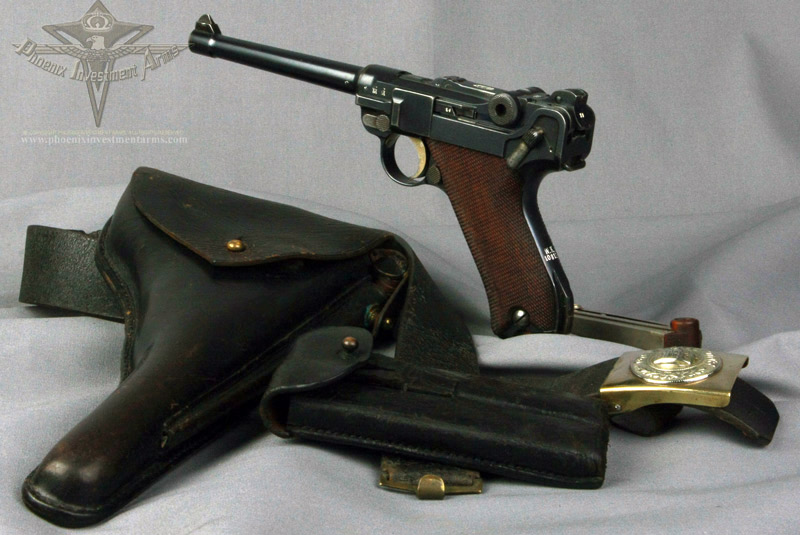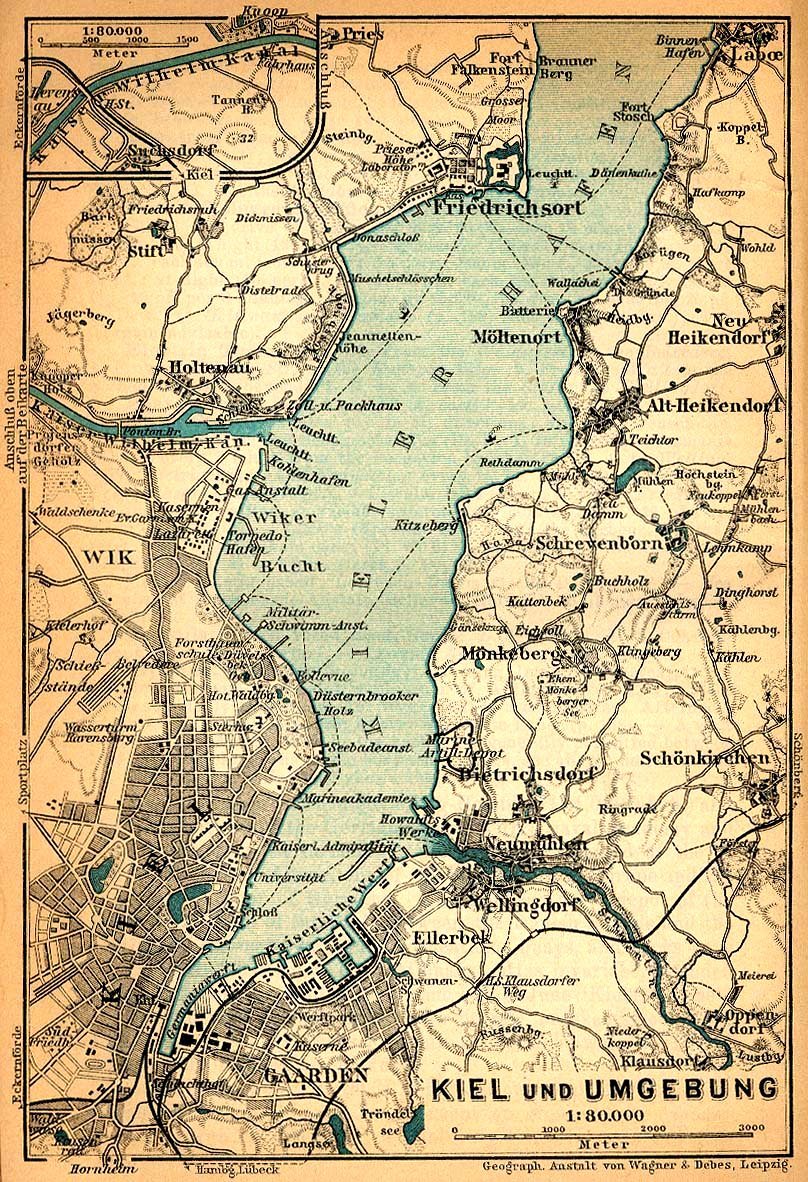
To each of the two Naval ports of Kiel and Wilhelmshaven a Vice-Admiral was appointed as "Marine Stationschef" (Commander-in-Chief of the Station) for the Baltic and for the North Sea respectively. These Admirals were also in command of the Naval port district, including the forts, all the vessels, dockyards, and Naval resources within the jurisdiction of the station are under their authority, excepting the vessels of the "First Squadron."
The Naval School at Kiel prepared Naval cadets to become officers. The examinations to be passed by midshipmen and cadets on entering the Navy, and while on board the training-ships, were held at this school. The large number of special branches of science with which Naval officers were concerned led to instruction in gunnery and torpedo work being only given on board the school-ships. Midshipmen and Naval cadets were during the whole term of their training under the supervision of the Inspector of Education. The latter was a flag officer, who in respect to educational matters controlled the training-ships Stosch, Stein, Gneisenau, and Moltke, besides having direct control of the Naval School and the Naval Academy at Kiel. The object of the Naval Academy is to prepare officers for the higher positions in the service.

